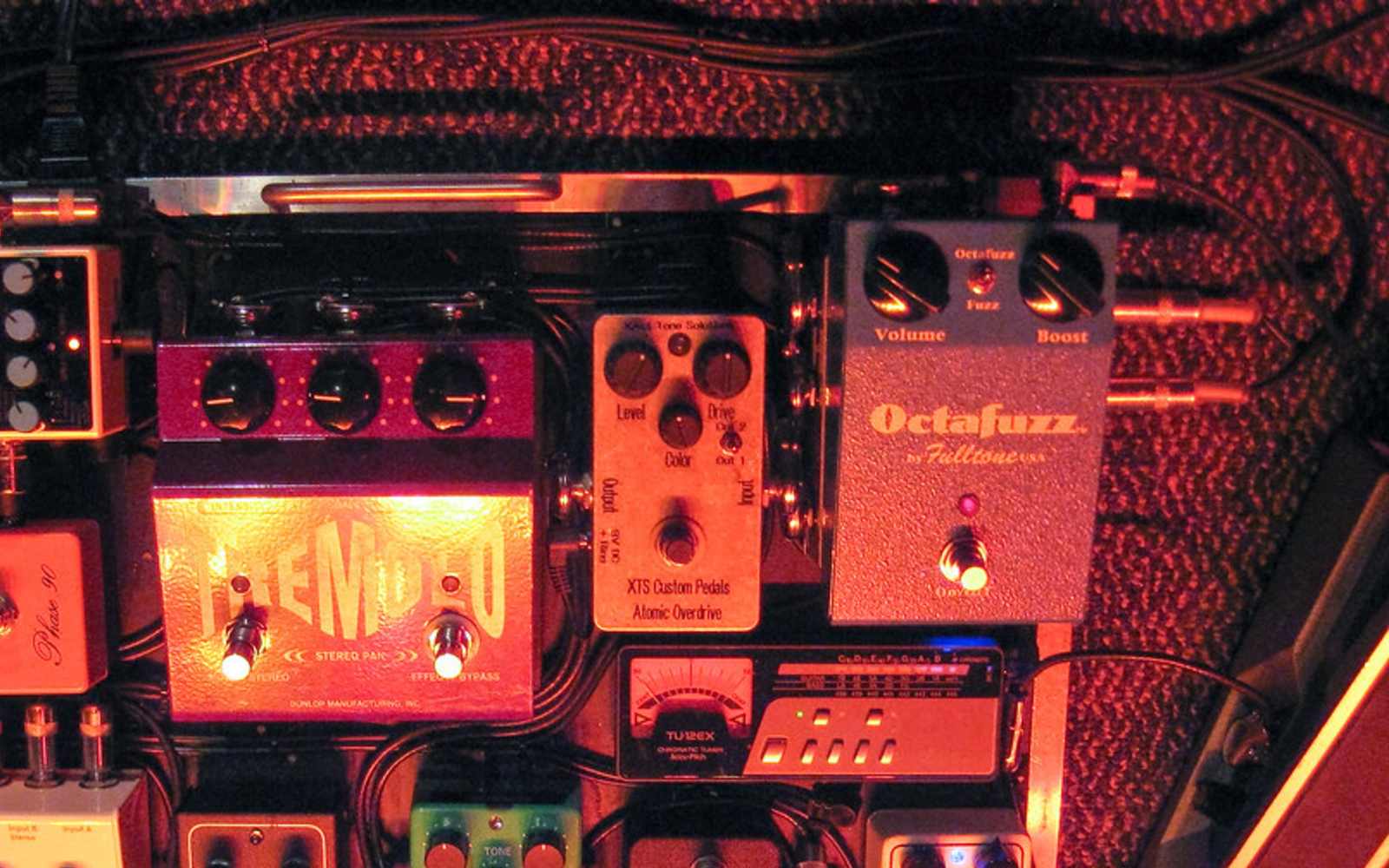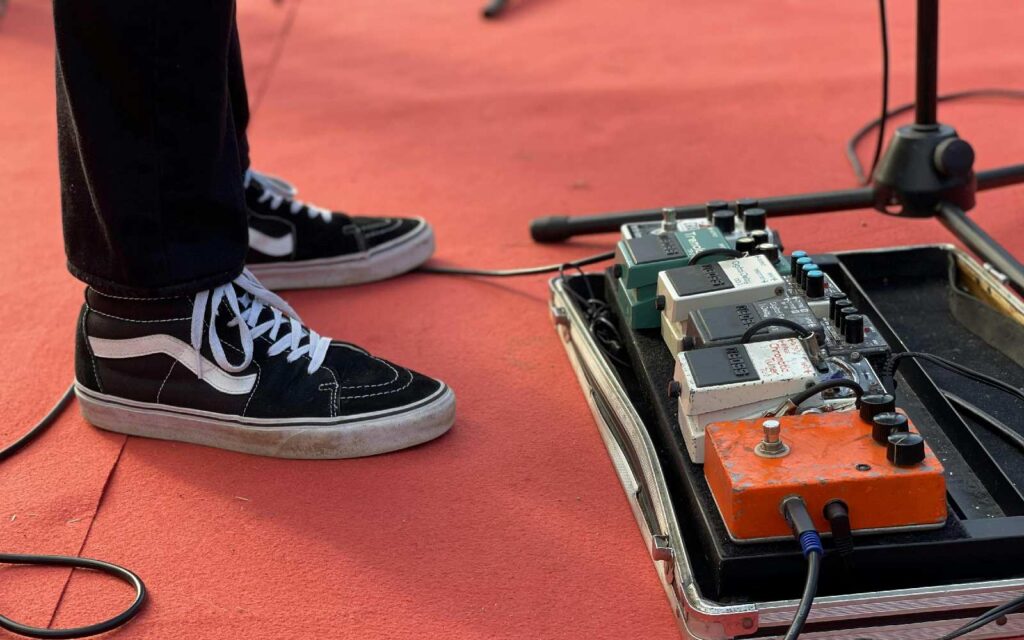Lacking warmth, heft and grit? Well, a fuzzy pedal might be your new best friend.
Bass guitar players are in a lucky position where the direct sound is entirely usable for both recording and live shows for almost every genre. Usable and passable; though not always fun. Adding effects to your bass guitar can really help liven things up, whether a little compression to balance out a great sounding bass, or more comprehensive modulation effects like flanger and chorus for some movement and warmth. Distortion and overdrive can be a more difficult beats to wrangle, the frequencies of a bass guitar sometimes becoming honky, harsh or unpleasant. One effect that lends itself particularly well to bass guitar is fuzz— the low end bump and warm grit of fuzz likens your bass guitar to a bass synth; both fattening and controlling your low end and adding punch. But where to start?
Read more features, columns and interviews here.
Silicion transistors and germanium transistors
The first thing to consider is what kind of fuzz pedal to get. Fuzz pedals most commonly come with either Germanium transistors or Silicon ones, and each has its own benefits and weaknesses. I tend to think of Germanium as being the equivalent of an EL34 power tube or an Alnico V magnet in a pickup. A little saggy in the low end and a little warmer – while Silicon reminds me of 6L6 power tubes or ceramic pickup magnets: tighter in the low end, more aggressive in the highs and a little colder in attitude. If you want your bass to really cut through in the upper mids and high end, and if your band requires more precision and punch, consider a Silicon fuzz. If you want something more rounded, boomy and all-out fuzzy, Germanium might be for you, especially if your band is generally after a more vintage, boomy, bottom-endy sound.
Tone control
I sometimes find fuzz pedals kind of frustrating because you can dial in a sound that is absolutely perfect at home, with everything you ever wanted from a bass sound, but as soon as you get it up to concert volume it’s lost. So my loose rule is that whatever sound seems to work great in isolation typically needs a little more edge to cut through when combined with a band. You can get as simple or as complex as you like with this. Sometimes it’s simply a matter of tuning the tone control up a little. Sometimes you might need to apply a lot more EQ to emphasise the frequencies you were enjoying but which were getting swallowed up by the other instruments. Some rooms might be more forgiving than others. Sometimes a good engineer can fix the problem for you at the mixing console, while other times you’re on your own, especially at smaller gigs, so you have to handle it yourself. Just be aware that fuzz is a temperamental beast.
Bass guitar dynamics
Similar to tone, sometimes when you get your bass into a band situation you have to give it a little bit of a kick to get it to stand out. Some fuzz pedals have plenty of attack but the note trails off too quickly, while others are all-out saturated from the beginning. A compressor can help you cope with either of these situations. If you clamp down on the attack time and boost the sustain you can beef up the tail end of the note, giving you a more solid sound that will hang in there when playing longer notes. Or if your sound is a little too muffled and lacking in attack you can compensate by lengthening the compressor’s attack time a little before it clamps down on the note. In these cases it’s best to place the compressor after the fuzz in your signal chain. Many fuzzes react in unpredictably weird ways depending on what’s placed before them in the signal chain, so you could either get some really cool results or some really bad ones if you run a compressor into a fuzz pedal.
Choice of bass pickups
Some fuzzes are particularly reactive to the input signal while others don’t seem to care what you’re putting into them: pretty much the same sound comes out either way. If your fuzz pedal is the former, I tend to like using the neck pickup for fuzzy bass sounds. And usually if I’m using the bridge pickup it’s just blended in with the full neck sound for a little bit of additional attack. And if you’re experimenting with an octave fuzz effect like an Octavia, these track best when they’re presented with a very deep, rounded sound so back off your tone control as well and you may find that you’re getting a lot more of those ringing octave overtones.
Pedal tone aside – what about a bass amp? Read about wattage and headroom on your bass guitar amp here.







